The global market for used shoes is booming, with more countries embracing the sustainable and affordable options that second-hand footwear offers. From North America to Africa, the demand for quality pre-owned shoes has skyrocketed, making cross-border trade an attractive business opportunity. Whether you’re just starting out or looking to expand your business, knowing the ins and outs of exporting and importing used shoes can give you a competitive edge.
Why Exporting and Importing Used Shoes Is a Profitable Business
Exporting and importing used shoes has proven to be a highly profitable business, driven by the increasing global demand for affordable, sustainable footwear. In many regions, particularly in emerging markets, new shoes are often expensive, making used shoes an attractive alternative for cost-conscious consumers. Additionally, the growing interest in second-hand fashion among eco-conscious buyers in developed markets further fuels the demand for quality pre-owned footwear. With lower sourcing costs and the potential to sell at competitive prices, businesses engaged in the used shoe trade can achieve significant margins. By tapping into both high-demand and underserved markets, exporters and importers of used shoes are well-positioned to capitalize on the current trends in global trade.
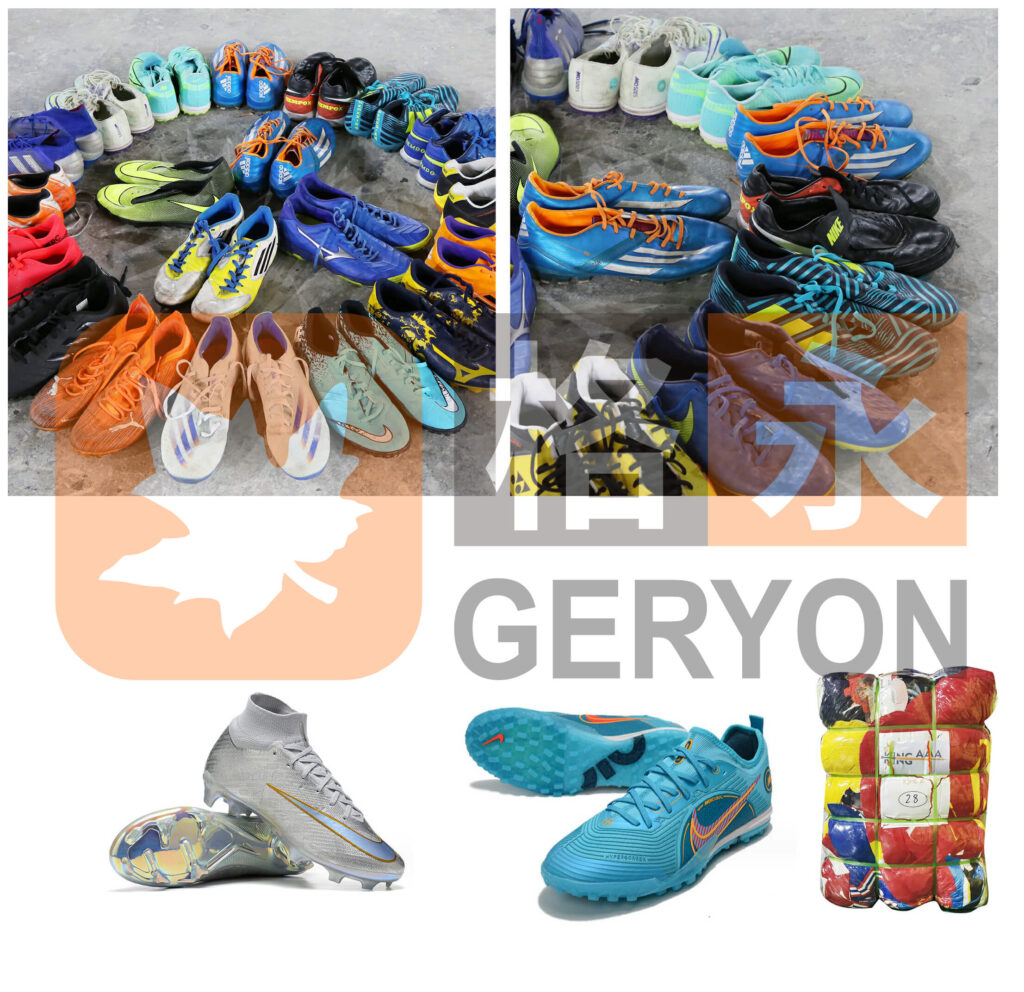
1. Market Opportunities and Growth Potential
The global used shoe market offers substantial opportunities for growth, particularly as more consumers embrace second-hand fashion. Developing regions, such as parts of Africa, Southeast Asia, and Latin America, have seen increasing demand for affordable footwear, and used shoes provide a cost-effective solution. Meanwhile, in developed markets, sustainability trends and the rise of circular fashion have fueled the popularity of vintage and pre-owned shoes. This creates a unique opportunity for businesses to export used shoes to both emerging and established markets. As global awareness of sustainability continues to grow, the demand for second-hand shoes is expected to rise, making this a lucrative and expanding sector for traders.
2. Key Benefits of Second-Hand Shoe Trade
The second-hand used shoe trade offers several key benefits that make it an attractive business model. For one, sourcing used shoes is typically less expensive than manufacturing new footwear, allowing for higher profit margins. Additionally, the resale of pre-owned shoes aligns with global sustainability goals, reducing the environmental footprint of production and waste. This eco-friendly aspect appeals to modern consumers, especially those prioritizing ethical shopping choices. Moreover, used shoes often cater to niche markets, including collectors and fashion enthusiasts, who are willing to pay premium prices for unique or vintage items. Overall, the second-hand shoe trade offers a winning combination of profitability, sustainability, and market diversity.
Understanding the Regulations for Exporting and Importing Used Shoes
Exporting and importing used shoes requires a thorough understanding of international regulations, which can vary significantly between countries. Many nations impose specific rules on the importation of second-hand goods, including footwear, to ensure that used shoes meet health, safety, and environmental standards. For example, some countries may require fumigation or sanitation certificates to prevent the spread of pests or diseases. Additionally, import duties and taxes can affect the profitability of cross-border trade in secondhand shoes, making it essential for businesses to stay informed about tariff classifications and trade agreements. By navigating these regulations effectively, businesses can avoid costly delays and ensure smooth operations in the global used shoe market.
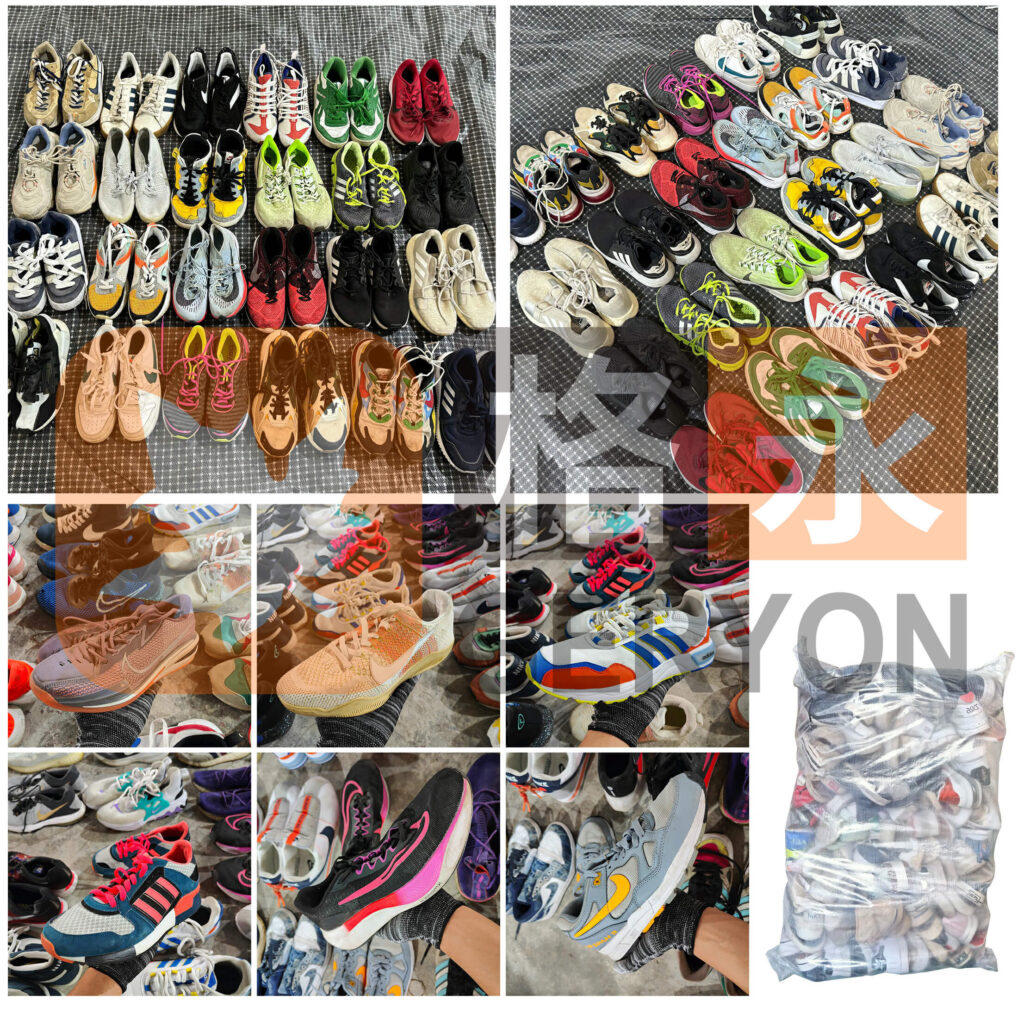
1. Navigating International Trade Laws
When exporting or importing used shoes, businesses must be aware of the complex web of international trade laws governing second-hand goods. Different countries have varying regulations concerning the importation of used shoes, often related to health and safety standards, environmental policies, and product labeling requirements. For instance, some nations may require strict inspections or certifications to ensure that used shoes are in acceptable condition and free of contaminants. Understanding and adhering to these laws is crucial to avoiding fines, delays, or even shipment rejections. Staying informed about international trade agreements and regional regulations can streamline the process and ensure the smooth movement of secondhand shoes across borders.
2. Import and Export Duties on Used Footwear
One of the key factors impacting the profitability of exporting and importing used shoes is the various import and export duties imposed by different countries. Tariffs on second-hand footwear can differ based on the country of origin, the condition of the shoes, and the materials they are made from. In some regions, lower or zero tariffs may apply to encourage sustainable trade, while others may impose higher taxes on secondhand shoes to protect local industries. Knowing the correct tariff codes and duty rates for used shoes is essential for calculating the total cost of doing business internationally and setting competitive prices that appeal to global markets.
Sourcing and Quality Control for Used Shoes
Sourcing and quality control are critical aspects of running a successful used shoe business. Finding reliable suppliers who can consistently provide high-quality secondhand shoes is essential for maintaining customer satisfaction and building a strong brand reputation. Buyers need to ensure that the shoes are not only in good condition but also meet the specific demands of their target markets, whether it’s budget-conscious consumers or those seeking vintage and designer footwear. Quality control processes, such as inspecting for wear and tear, sanitization, and proper packaging, help ensure that the secondhand shoes you export or import meet international standards and avoid potential legal or customer issues. By maintaining strict sourcing and quality control practices, businesses can thrive in the competitive second-hand footwear market.
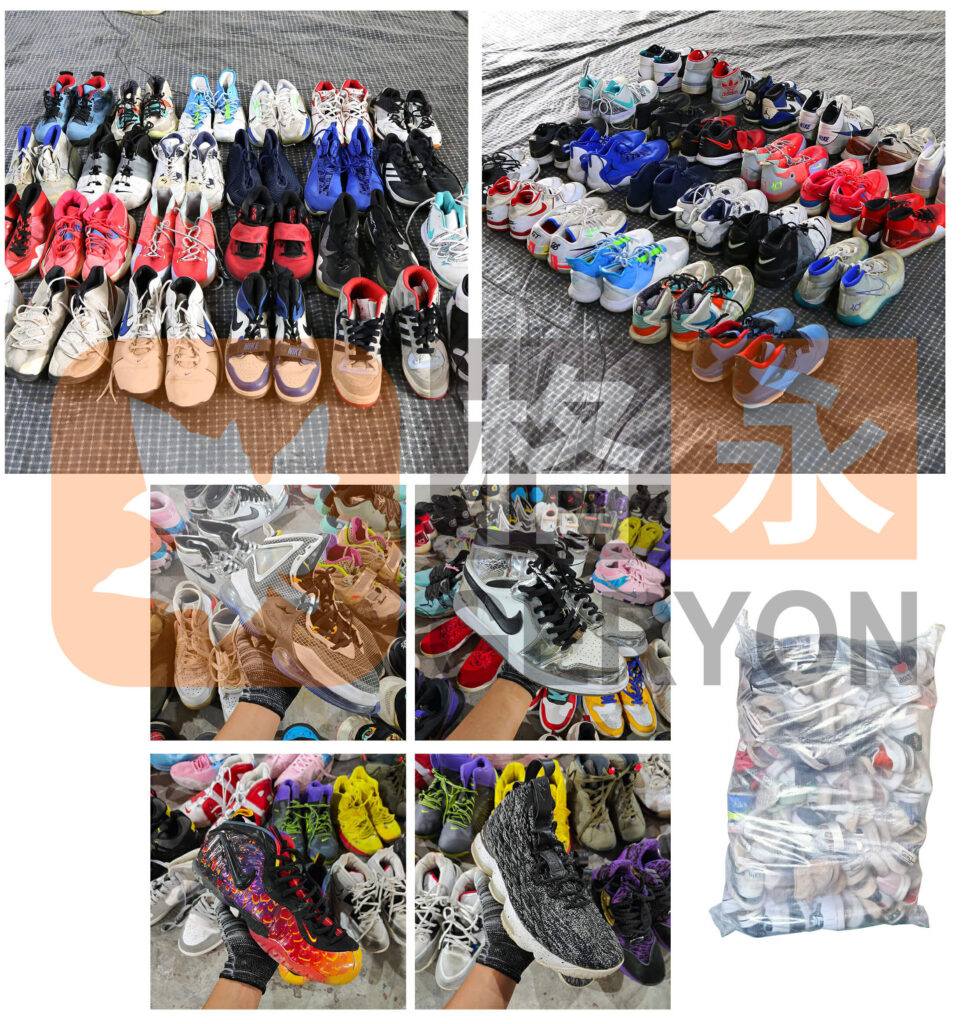
1. Finding Reliable Suppliers
Finding reliable suppliers for used shoes is crucial for establishing a successful cross-border trade business. Potential suppliers can be located through various channels, such as wholesale markets, online platforms, and trade shows dedicated to second-hand goods. Building strong relationships with reputable suppliers not only ensures a steady supply of used shoes but also provides access to better pricing and exclusive deals. It is essential to conduct thorough due diligence by checking references, visiting suppliers if possible, and reviewing their sourcing methods to ensure they meet your quality standards and ethical practices.
2. Assessing the Quality and Condition of Used Shoes
Assessing the quality and condition of secondhand shoes before making a purchase is vital for maintaining customer satisfaction and minimizing returns. Buyers should implement a systematic evaluation process that includes checking for visible signs of wear, ensuring that all components (such as soles, laces, and insoles) are intact, and confirming that the shoes are clean and sanitized. Additionally, categorizing used shoes based on their condition—such as gently used, refurbished, or heavily worn—can help in marketing efforts and pricing strategies. By prioritizing quality assessment, businesses can enhance their reputation and foster customer loyalty in the competitive second-hand footwear market.
3. Tips for Bulk Purchasing
Bulk purchasing used shoes can offer significant cost advantages, but it requires careful planning and execution. One key tip is to establish clear criteria for the types and conditions of secondhand shoes you wish to buy, ensuring they align with your target market’s preferences. Additionally, negotiating favorable terms with suppliers can lead to better pricing and flexible payment options. It’s also beneficial to sample a smaller quantity before committing to larger orders, allowing you to assess quality and demand. By strategically approaching bulk purchasing, businesses can optimize inventory management and maximize profitability in the used shoe trade.
Top Global Markets for Used Shoes
The market for used shoes is thriving in several global regions, each presenting unique opportunities for exporters and importers. In Africa, for example, countries like Ghana and Kenya have seen a significant increase in demand for affordable footwear, making them prime markets for used shoes. Similarly, in Southeast Asia, nations such as Vietnam and the Philippines are experiencing a growing interest in second-hand fashion, with secondhand shoes being a popular choice among budget-conscious consumers. In developed markets, such as the United States and Europe, eco-conscious shoppers are turning to used shoes as a sustainable alternative to fast fashion. By identifying and targeting these top global markets, businesses can effectively capitalize on the increasing popularity of secondhand shoes and expand their market reach.
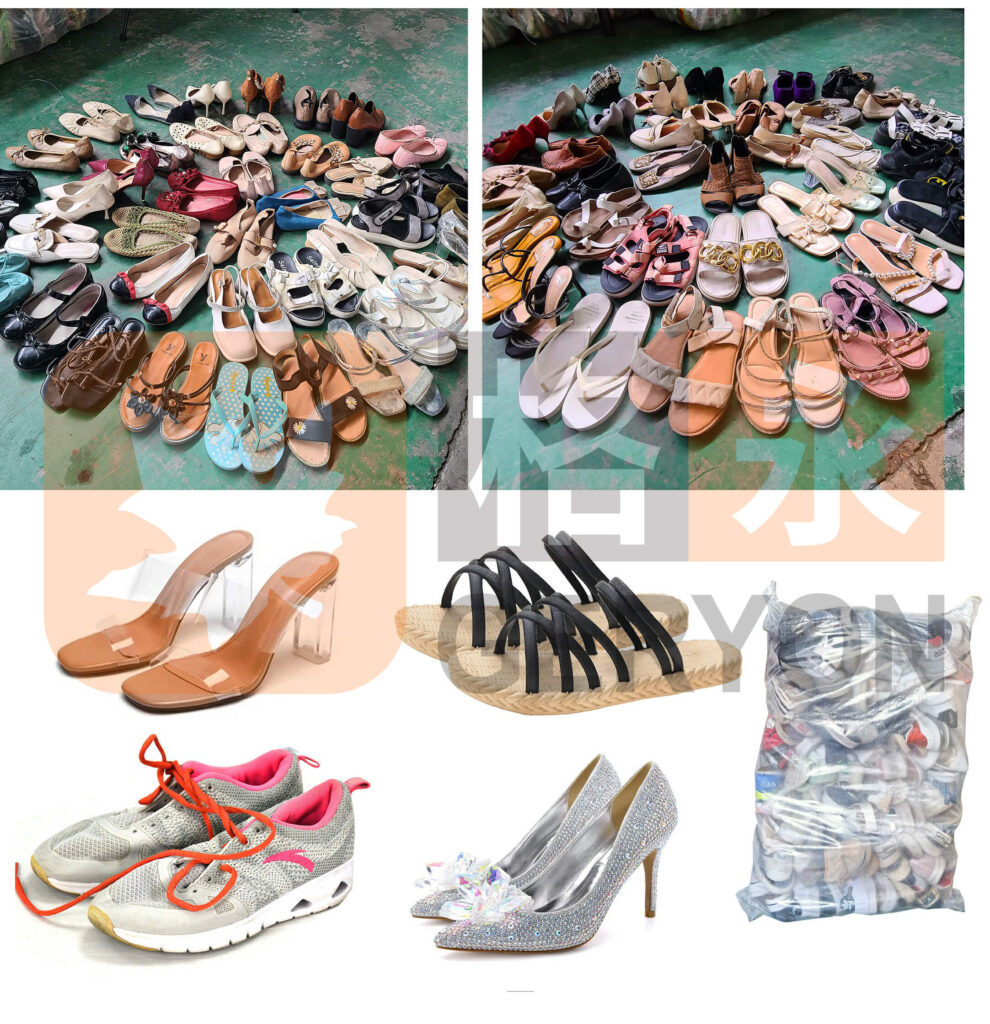
1. Identifying High-Demand Regions
Identifying high-demand regions for used shoes is essential for businesses looking to expand their reach in the global market. Emerging economies in Africa, such as Nigeria and Tanzania, are witnessing a surge in demand for affordable footwear, making them attractive destinations for exporters of used shoes. Additionally, parts of Latin America, like Brazil and Colombia, have shown a growing interest in second-hand fashion as consumers seek cost-effective alternatives. By conducting market research and analyzing consumer trends in these regions, businesses can strategically position themselves to meet the increasing demand for secondhand shoes, ultimately driving sales and profitability.
2. Cultural and Economic Considerations in Target Markets
When entering new markets, understanding the cultural and economic considerations surrounding the trade of secondhand shoes is vital for success. Different regions may have varying perceptions of second-hand footwear; for instance, in some cultures, used shoes are seen as a practical and smart choice, while in others, they may carry a stigma. Economic factors, such as income levels and local purchasing power, also play a significant role in determining how used shoes are marketed and priced. Adapting marketing strategies to align with cultural attitudes and economic realities ensures that businesses can effectively connect with their target audience, ultimately enhancing the appeal of used shoes in diverse markets.
Conclusion
In conclusion, the used shoe market presents a wealth of opportunities for entrepreneurs and businesses willing to navigate the complexities of international trade. As consumer demand for sustainable and affordable footwear continues to rise, the potential for growth in this sector is undeniable. By understanding market dynamics, adhering to regulations, and implementing effective sourcing and quality control measures, businesses can successfully tap into the global used shoe trade. Moreover, by recognizing cultural and economic factors in target markets, our companies aim to ailor strategies to resonate with consumers. Ultimately, those who embrace the trends surrounding secondhand shoes can position themselves for long-term success in this thriving industry.
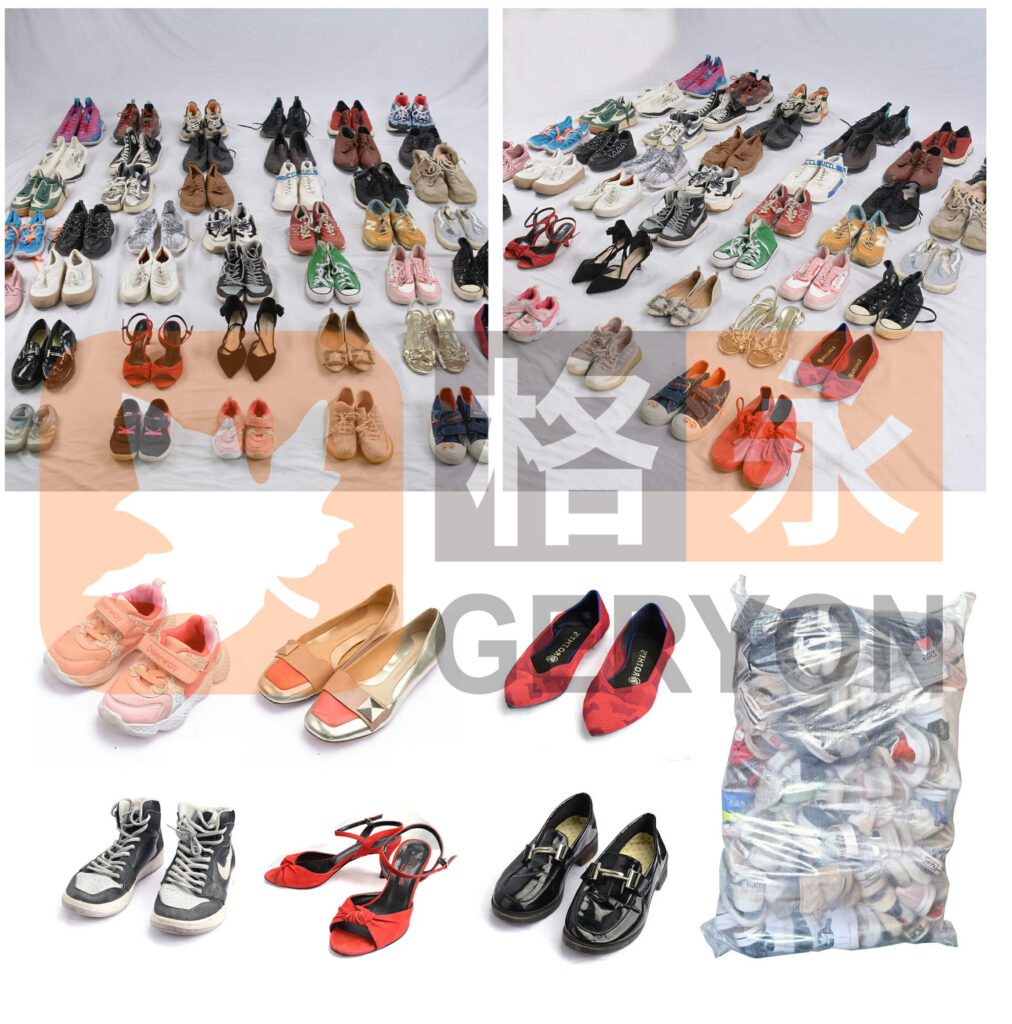
1. Key Takeaways for Success in Exporting and Importing Used Shoes
To succeed in the exporting and importing of secondhand shoes, businesses must prioritize a few key strategies. First, establishing strong relationships with reliable suppliers is crucial for ensuring a consistent supply of quality footwear. Additionally, staying informed about international trade regulations and tariffs can help mitigate potential risks and ensure compliance. Implementing rigorous quality control measures when sourcing used shoes will enhance customer satisfaction and minimize returns. Lastly, understanding target markets, including consumer preferences and purchasing power, allows businesses to effectively tailor their offerings and marketing strategies, ultimately driving sales and profitability in the used shoe market.
2. Future Trends in the Second-Hand Shoe Industry
Looking ahead, the second-hand shoe industry is poised for continued growth, fueled by evolving consumer preferences and increased awareness of sustainability. The demand for secondhand shoes is likely to rise as more people prioritize eco-friendly shopping and seek unique, vintage styles. Innovations in online platforms and resale marketplaces will further facilitate the buying and selling of used shoes, making it easier for consumers to access a wide range of options. Additionally, as global regulations around sustainability tighten, businesses that engage in the trade of used shoes will benefit from being ahead of the curve. By adapting to these future trends, companies can position themselves effectively in the expanding market for second-hand footwear.






